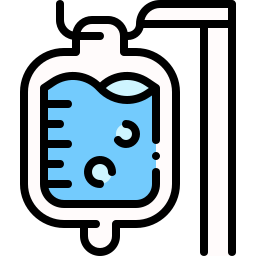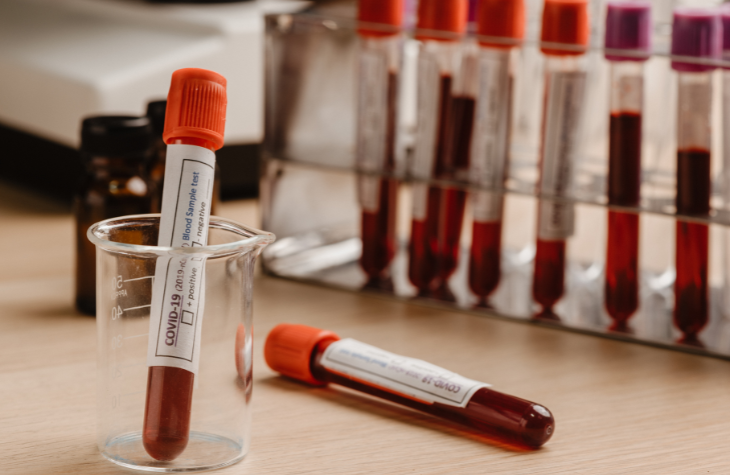In recent years, the opioid crisis has brought attention to powerful substances like fentanyl. This synthetic opioid, originally developed for pain management, has gained notoriety for its potency and associated risks. Opioid use disorder affects more than 16 million individuals all over the world. The prevalence of this crisis emphasizes the importance of knowledge and understanding to prevent people from falling into opioid addiction.
One of the commonly asked questions is, “How long does fentanyl stay in your system?” To answer this, let’s delve into the intricacies of fentanyl and its presence in the human body.













